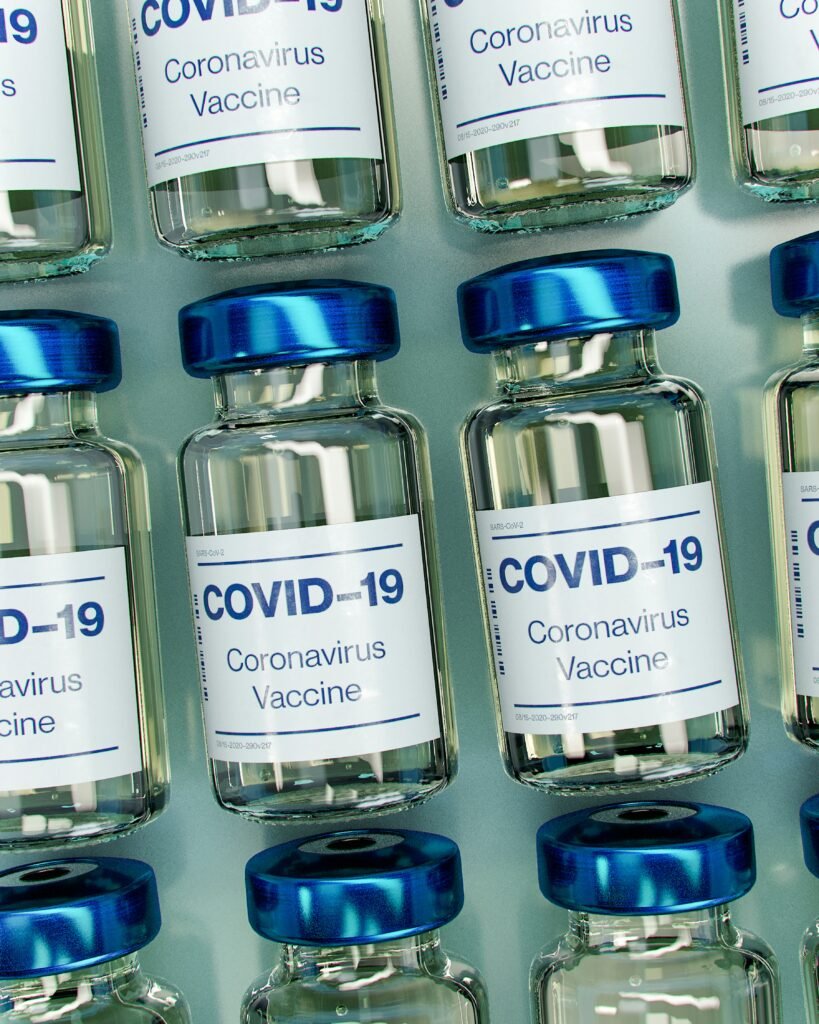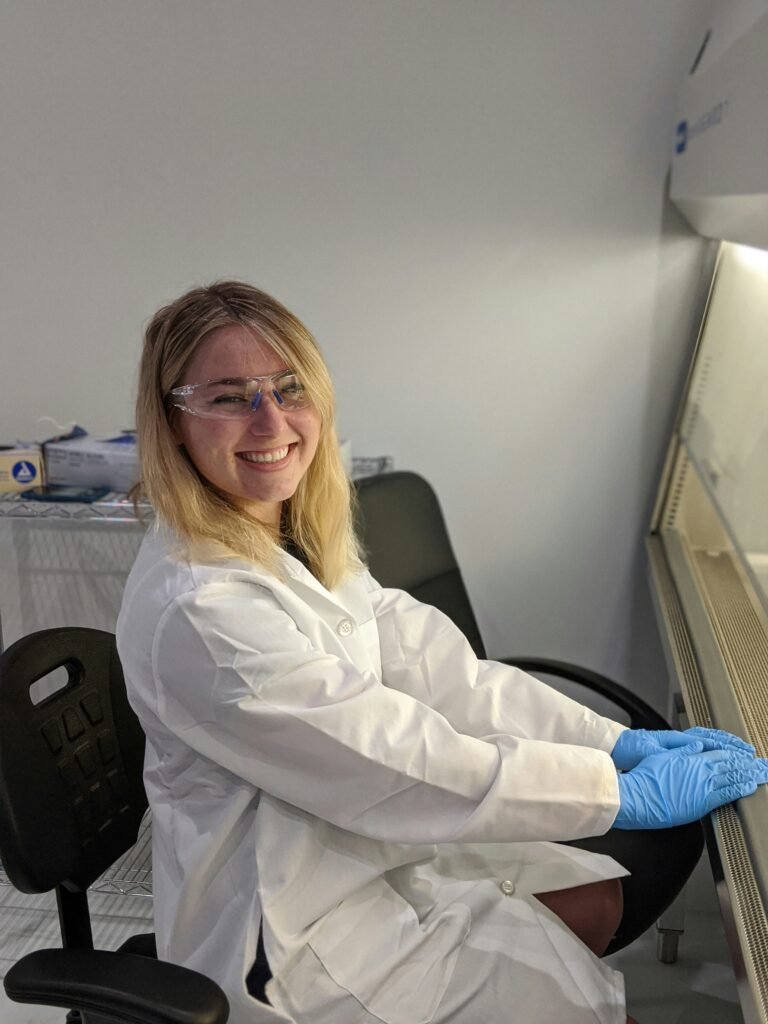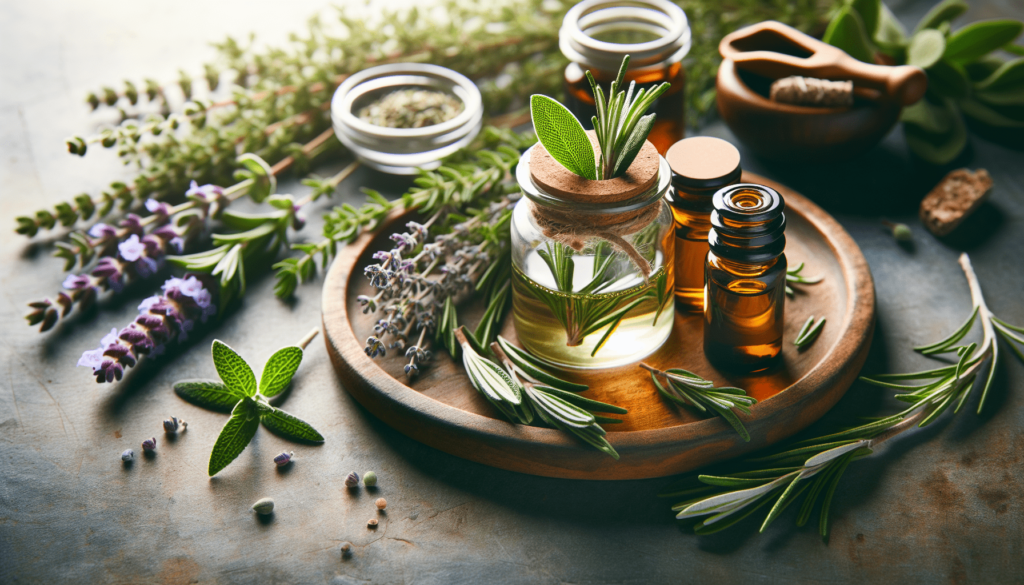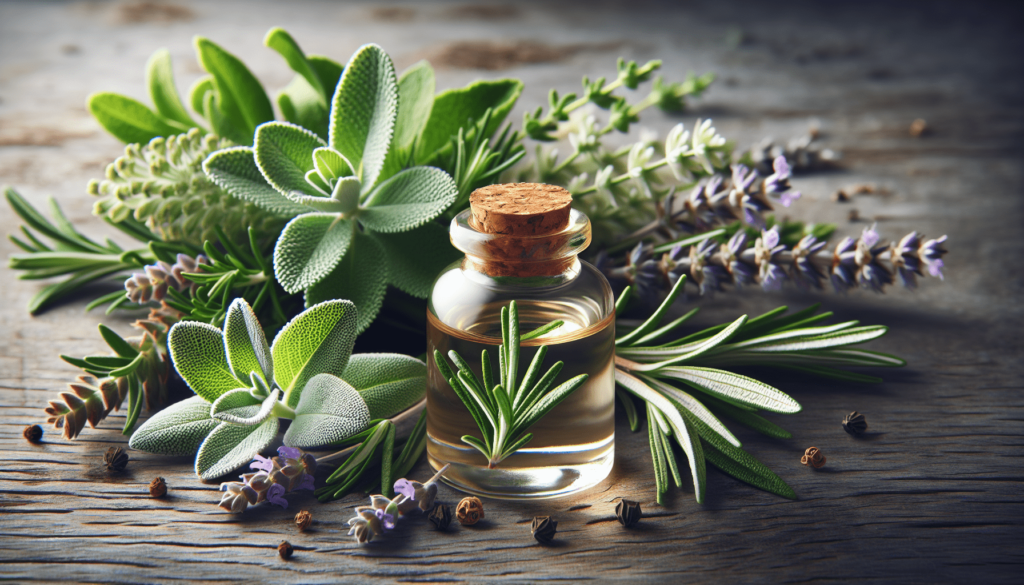If you’ve been searching for a natural solution to tackle bacterial vaginosis without antibiotics, look no further. In this article, we’ll explore effective and safe ways to treat bacterial vaginosis from the comfort of your own home. Say goodbye to uncomfortable symptoms and hello to optimal vaginal health with these simple yet powerful remedies.
Probiotics
Introduction to probiotics
Probiotics are beneficial bacteria that are found naturally in your body, especially in your gut. These “good” bacteria help maintain a healthy balance in your digestive system and have also been found to offer various health benefits. Probiotics can be consumed as supplements, but they are also present in certain types of foods and drinks like yogurt, kefir, sauerkraut, and kimchi.
How probiotics can help treat bacterial vaginosis
Bacterial vaginosis is a common vaginal infection characterized by an imbalance of bacteria in the vagina. It can lead to symptoms such as itching, unusual discharge, and odor. One way to restore the natural balance of bacteria is by introducing probiotics into the vaginal area. Probiotics can help inhibit the growth of harmful bacteria that contribute to bacterial vaginosis and promote the growth of beneficial bacteria.
Different types of probiotics
There are different strains of probiotics, and they may have varying effects on your health. For bacterial vaginosis, specific strains like Lactobacillus rhamnosus and Lactobacillus reuteri have shown promising results in promoting a healthy vaginal environment. These strains can be found in certain probiotic supplements specifically formulated for women’s health.
Choosing the right probiotic for bacterial vaginosis
When selecting a probiotic to address bacterial vaginosis, it’s essential to look for a product that contains the specific strains mentioned earlier. Additionally, check the colony-forming unit (CFU) count, which indicates the number of viable bacteria in each dose. Aim for a higher CFU count to ensure sufficient amounts of bacteria reach the vaginal area. It’s also worth considering whether you prefer taking a probiotic orally or using a vaginal suppository, as both methods can be effective.
Tea tree oil
Using tea tree oil as a natural remedy
Tea tree oil is an essential oil derived from the leaves of the tea tree. It has long been used as a natural remedy for various ailments due to its antibacterial and antifungal properties. When it comes to bacterial vaginosis, tea tree oil may help combat the overgrowth of harmful bacteria and restore the balance in the vaginal flora.
Benefits and potential risks of tea tree oil for bacterial vaginosis
Tea tree oil’s antibacterial properties make it a potential natural remedy for bacterial vaginosis. However, it’s crucial to dilute tea tree oil properly before using it, as it can be irritating in its undiluted form. Applying tea tree oil directly to the affected area can lead to skin irritation or even chemical burns. It’s best to mix a few drops of tea tree oil with a carrier oil, such as coconut oil, before applying it to the vulva or using it in a sitz bath.

Garlic
The antibacterial properties of garlic
Garlic is not only a delicious ingredient in cooking, but it also possesses natural antibacterial properties. It contains a compound called allicin, which has been found to have antimicrobial effects against a wide range of bacteria, including those associated with bacterial vaginosis.
Methods of using garlic for bacterial vaginosis treatment
There are a few ways to use garlic as a natural remedy for bacterial vaginosis. One method is to insert a clove of garlic into the vagina overnight. Before doing so, it’s important to peel the garlic clove and wrap it in a piece of gauze or cheesecloth to prevent irritation. Another option is to incorporate garlic into your diet more frequently or take garlic supplements. However, it’s important to note that the effectiveness of these methods has not been extensively studied, and individual results may vary.
Apple cider vinegar
Introduction to apple cider vinegar
Apple cider vinegar (ACV) is a fermented liquid made from crushed apples. It contains beneficial compounds like acetic acid and antioxidants, which may contribute to its potential health benefits. ACV has gained popularity as a natural remedy for various conditions, including bacterial vaginosis.
How apple cider vinegar can be used to treat bacterial vaginosis
ACV can be used topically or as a dietary supplement to potentially help treat bacterial vaginosis. When used topically, it is often diluted with water and used as a rinse for the vulva or added to a sitz bath. Some women also choose to consume a diluted solution of ACV to potentially promote a healthy pH balance in the body. However, it’s important to discuss this approach with your healthcare provider before trying it.
Safety precautions and potential risks of using apple cider vinegar
While apple cider vinegar is generally safe for topical use, it can be irritating if applied to sensitive areas in its undiluted form. It’s essential to dilute ACV properly and test it on a small area of skin before using it more extensively. Additionally, consuming too much undiluted ACV can lead to digestive discomfort and potentially harm tooth enamel due to its acidic nature. Always consult with a healthcare professional before using apple cider vinegar for bacterial vaginosis or any other health condition.

Boric acid suppositories
What are boric acid suppositories?
Boric acid is a compound derived from boron, and it has been used for many years as an antiseptic and antifungal agent. Boric acid suppositories are small capsules inserted into the vagina to potentially help rebalance the vaginal pH and reduce the symptoms of bacterial vaginosis.
Effectiveness of boric acid for bacterial vaginosis
Research suggests that boric acid suppositories may effectively relieve the symptoms of bacterial vaginosis. They are believed to restore the acidic environment in the vagina, inhibiting the growth of harmful bacteria. However, it’s important to use boric acid suppositories under the guidance of a healthcare professional, as improper use can lead to adverse effects.
How to use boric acid suppositories safely
If you’re considering using boric acid suppositories for bacterial vaginosis, it’s crucial to follow your healthcare provider’s instructions precisely. Never orally consume boric acid, as it can be toxic when ingested. Insert the suppository into the vagina as directed, typically before bedtime, and avoid sexual activity during the treatment. Some women may experience mild burning or irritation initially, but if symptoms worsen or persist, discontinue use and consult with a healthcare professional.
Hydrogen peroxide
Using hydrogen peroxide as a natural remedy for bacterial vaginosis
Hydrogen peroxide is a common antiseptic that can be used externally for various purposes, including wound care. Some women also use hydrogen peroxide as a natural remedy for bacterial vaginosis, as it can potentially help kill off harmful bacteria.
Safety considerations and potential risks of hydrogen peroxide
While using hydrogen peroxide topically on the vulva may be generally safe, it’s essential to dilute it properly before use. Undiluted hydrogen peroxide can irritate the delicate tissues of the vagina and vulva, potentially leading to discomfort and inflammation. It’s advisable to consult with a healthcare professional before using hydrogen peroxide for bacterial vaginosis to ensure appropriate dilution and usage.

Yogurt
The benefits of yogurt for bacterial vaginosis
Yogurt is a well-known source of probiotics, the beneficial bacteria that contribute to a healthy gut and vaginal flora. Consuming yogurt that contains live cultures may help restore the natural balance of bacteria in the vagina, potentially reducing the symptoms of bacterial vaginosis.
Methods of using yogurt as a natural remedy
To use yogurt for bacterial vaginosis, you can consume it orally or apply it topically. When consuming yogurt, opt for varieties that specifically state they contain live and active cultures. The probiotics in the yogurt may help reintroduce beneficial bacteria into your system. For topical application, you can apply plain, unsweetened yogurt directly to the vulva or use a clean tampon to insert it into the vagina. However, it’s important to note that using yogurt as a natural remedy for bacterial vaginosis may not work for everyone, and individual results may vary.
Choosing the right type of yogurt for bacterial vaginosis treatment
Not all yogurts are created equal when it comes to bacterial vaginosis treatment. Look for yogurt that specifically mentions containing live and active cultures, such as Lactobacillus acidophilus and Bifidobacterium. These strains are known to promote a healthy vaginal environment. Avoid yogurts with added sugars or artificial flavors, as they can potentially feed the harmful bacteria that contribute to bacterial vaginosis.
Feminine hygiene practices
The impact of feminine hygiene products on bacterial vaginosis
Maintaining proper feminine hygiene is essential for preventing and treating bacterial vaginosis. However, certain feminine hygiene products and practices can disrupt the natural balance of bacteria in the vagina, increasing the risk of developing or worsening bacterial vaginosis.
Proper cleaning techniques and hygiene practices to prevent and treat bacterial vaginosis
To prevent and treat bacterial vaginosis, it’s important to follow proper cleaning techniques and hygiene practices. Opt for mild, fragrance-free soaps when washing the vulva and avoid douching, as it can disrupt the natural balance of bacteria. It’s also essential to wipe from front to back after using the toilet to prevent the introduction of harmful bacteria into the vaginal area. Additionally, wearing breathable underwear, avoiding tight-fitting clothes, and changing out of wet bathing suits promptly can help maintain a healthy vaginal environment.

Dietary changes
How diet can impact bacterial vaginosis
Diet plays a significant role in overall health, including the health of the vaginal microbiome. Certain dietary factors can influence the pH balance and bacterial composition in the vagina, potentially affecting the risk of developing bacterial vaginosis.
Foods to include and avoid for a healthy vaginal environment
To support a healthy vaginal environment, it’s advisable to include foods that promote a balanced bacterial flora. Probiotic-rich foods like yogurt, kefir, sauerkraut, and kimchi can provide beneficial bacteria to support vaginal health. On the other hand, it’s important to limit the consumption of sugary and processed foods, as they can potentially feed the harmful bacteria associated with bacterial vaginosis. Additionally, staying hydrated by drinking plenty of water can help maintain optimal vaginal pH levels.
Natural remedies for symptom relief
Alleviating the symptoms of bacterial vaginosis naturally
In addition to addressing the underlying cause of bacterial vaginosis, there are natural remedies that can help alleviate the symptoms associated with the condition. These remedies focus on reducing inflammation, soothing irritation, and promoting overall vaginal health.
Herbal remedies, sitz baths, and other techniques for symptom relief
Herbal remedies such as calendula and chamomile have soothing properties that can help reduce inflammation and alleviate discomfort. Steep these herbs in hot water, strain the mixture, and use it as a rinse or for sitz baths. Warm sitz baths containing Epsom salts can also provide relief by promoting relaxation and reducing inflammation. Additionally, maintaining good overall health through regular exercise, stress management, and adequate rest can contribute to symptom relief and overall well-being.
By exploring these various home remedies and natural approaches, you can potentially find relief from bacterial vaginosis symptoms. However, it’s important to remember that each person’s body is unique, and what works for one individual may not work for another. If your symptoms persist or worsen, it’s always advisable to consult with a healthcare professional for proper evaluation and guidance.



